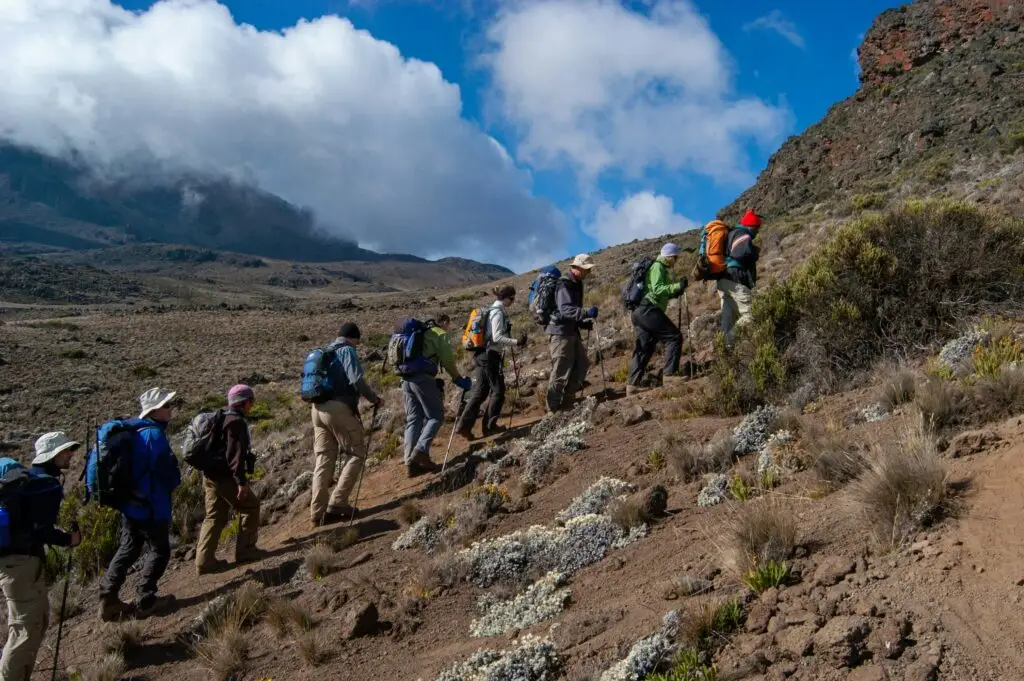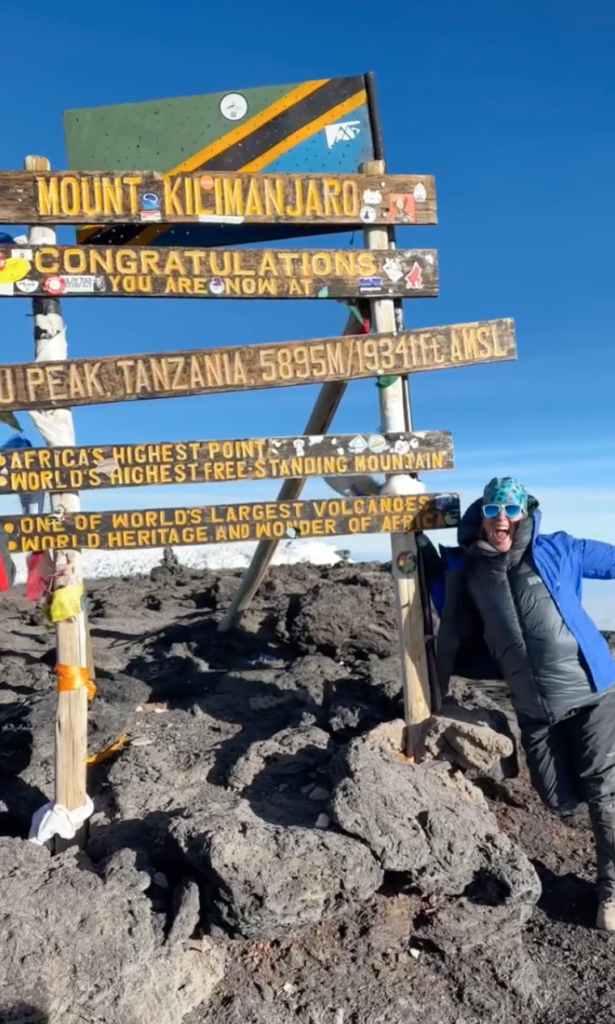Climb Mount Kilimanjaro
How to Prepare for the Altitude and Acclimatization at Kilimanjaro
Climbing Mount Kilimanjaro is a dream for many adventurers, but it comes with its share of altitude challenges. As you ascend the highest peak in Africa, reaching an elevation of over 19,300 feet (~5,900 meters), you’ll encounter a variety of altitude-related obstacles that require careful preparation and planning.
Understanding Altitude: What to Expect
As you embark on your Kilimanjaro trek, it’s essential to understand the effects of altitude on the body. At higher elevations, the air becomes thinner, resulting in decreased oxygen levels. This can lead to altitude sickness, characterized by symptoms like headaches, nausea, and fatigue. To mitigate these effects, it’s crucial to acclimatize slowly, allowing your body time to adjust to the changing conditions.
Preparing for the Ascent: Tips and Strategies
To prepare for the altitude challenges of Kilimanjaro, consider the following tips and strategies:
- Gradual Acclimatization: Ascend slowly, following the “pole pole” mantra, which means “slowly, slowly” in Swahili. This allows your body to acclimatize naturally to the decreasing oxygen levels.
- Hydration and Nutrition: Stay hydrated by drinking plenty of water throughout your trek. Additionally, maintain a high-caloric, nutrient rich diet to fuel your body’s energy needs for the climb.
- Hike High, Sleep Low: Follow the golden rule of altitude trekking by hiking to higher altitudes during the day and descending to sleep at a lower elevation. This helps your body adapt to the changing conditions more effectively.
- Route Selection: Choose a route that suits your experience level and preferences. Popular routes like the Marangu, Machame, and Lemosho routes offer varying degrees of difficulty and scenery, catering to a wide range of trekkers.
- Altitude Stopping Points: Familiarize yourself with the altitude stopping points along your chosen route. These include camps like Machame Camp, Barranco Camp, and Barafu Camp, where you’ll rest and acclimatize before continuing your ascent. You can view all of the camps on this map.
By incorporating these strategies into your Kilimanjaro trekking plan, you can better prepare yourself for the altitude challenges ahead and increase your chances of a successful summit bid.

Elevate Your Training, Even At Sea Level
As you prepare for your Kilimanjaro adventure, consider incorporating High Altitude Breathwork Training into your regimen. One of the major benefits is that you don’t need access to the high mountains to train – you can do it even if you live at or near sea level. This program offers a holistic approach to altitude training, focusing on enhancing your body’s oxygen efficiency, respiratory muscle strength, and making bodily adaptations for the altitude.
How Breathwork Training Complements Traditional Altitude Strategies
Recal’s program utilizes techniques like IHHT (Intermittent Hypoxic, Hypercapnic Training) to simulate high altitude conditions and prepare your body for the challenges of trekking at altitude. By conditioning your body to function optimally in oxygen-deprived environments, you can increase your endurance and resilience on the mountain.
While traditional altitude training methods lay the foundation for acclimatization, Recal’s breathwork training offers additional benefits that can enhance your Kilimanjaro experience. By improving your oxygen uptake capacity and respiratory muscle strength, you can adapt more effectively to the thin air and reduce the risk of altitude-related issues. Additionally, the program makes a strong push for body adaptations, like an increase in hemoglobin concentration (red blood cells) and chemoreceptor sensitivity to carbon dioxide (so that you don’t feel out of breath the entire time). Lastly, it is designed to increase your mental capacity amidst the stress of breathlessness. This is key so that in the toughest moments on your climb at Kilimanjaro, you can stay mentally sharp.
By combining traditional altitude strategies with Recal’s high altitude breathwork training, you can optimize your preparation for the challenges of Kilimanjaro. As you embark on your summit bid, you’ll have the confidence and resilience to overcome altitude obstacles and reach the roof of Africa.
Conclusion: Elevating Your Kilimanjaro Experience
Preparing for the altitude challenges of Kilimanjaro requires a comprehensive approach that addresses the physical, physiological, and mental aspects of high altitude trekking. By incorporating traditional altitude strategies as well as the latest techniques like Recal’s high altitude breathwork training, you can enhance your readiness for the challenges ahead and increase your chances of summit success. As you embark on this epic adventure, remember to respect the mountain, listen to your body, and enjoy every step of the journey to the top.
~ Message from Recal ~
Thanks for stopping by our blog. Here at Recal, we offer breathwork-based coaching to help you prepare for life’s greatest endeavors.
The latest program we offer is High Altitude Breathwork Training to get you ready for the mountain, even if you live at sea level. We also created Guidebook to use as a daily journaling tool; it has helped leaders around the world live more focused and fulfilling lives.
We also have a strategic partnership with Oxygen Advantage and use their products (like mouth tape for sleep and SportsMask for altitude training) to help our community become better leaders through breathwork training and proper breathing habits. You can view their online breath courses and products by clicking here.
We stand by the things that we offer and promote – and proudly use them ourselves.
If you have any questions, we’re here to help: email us at hi@recaltravel.com.

